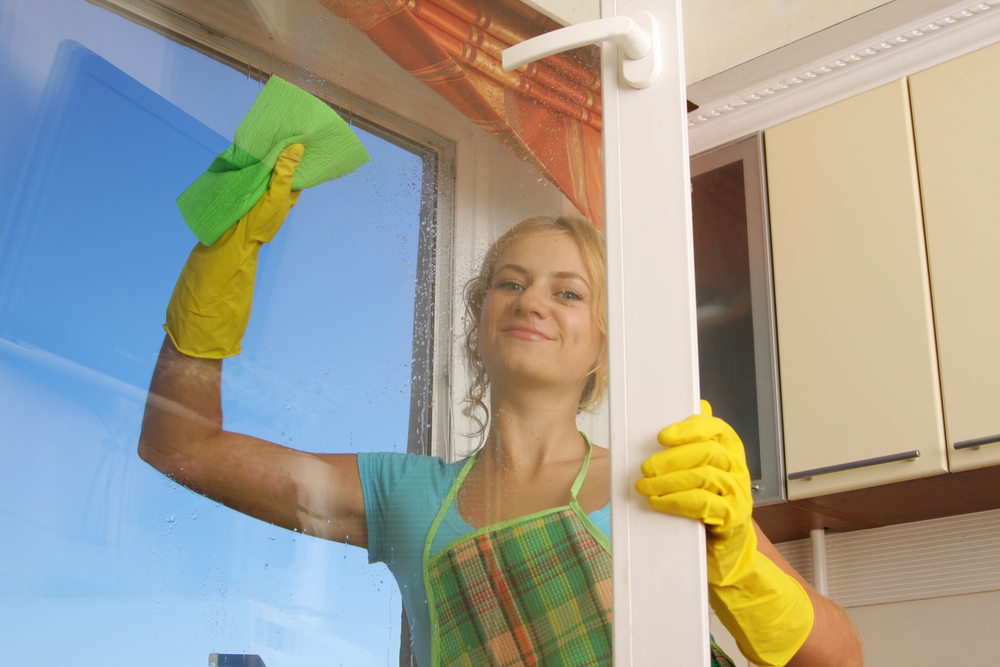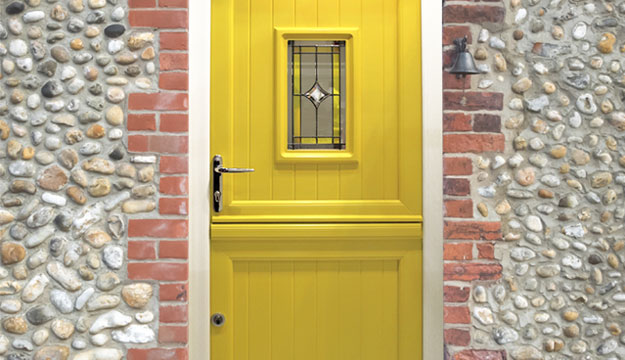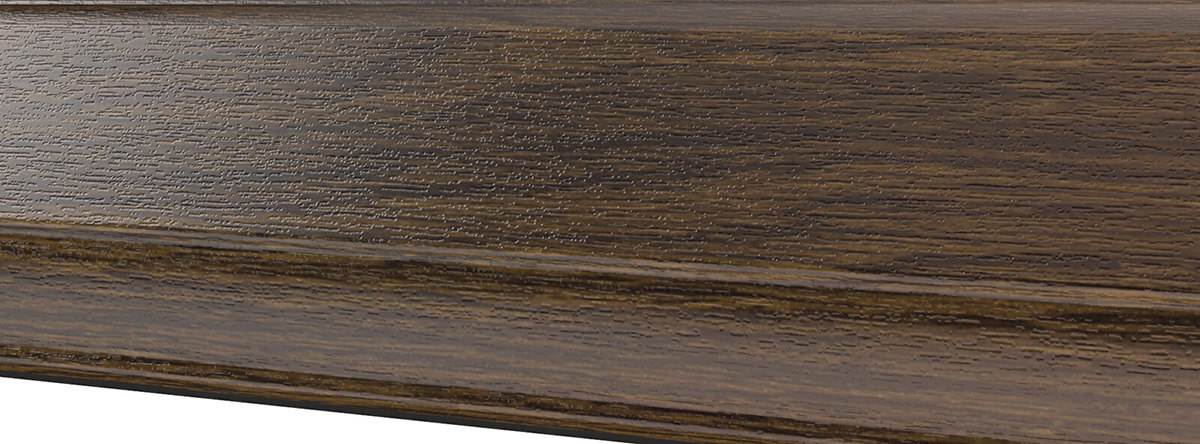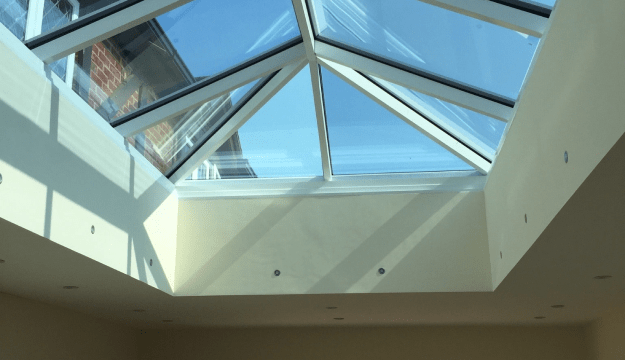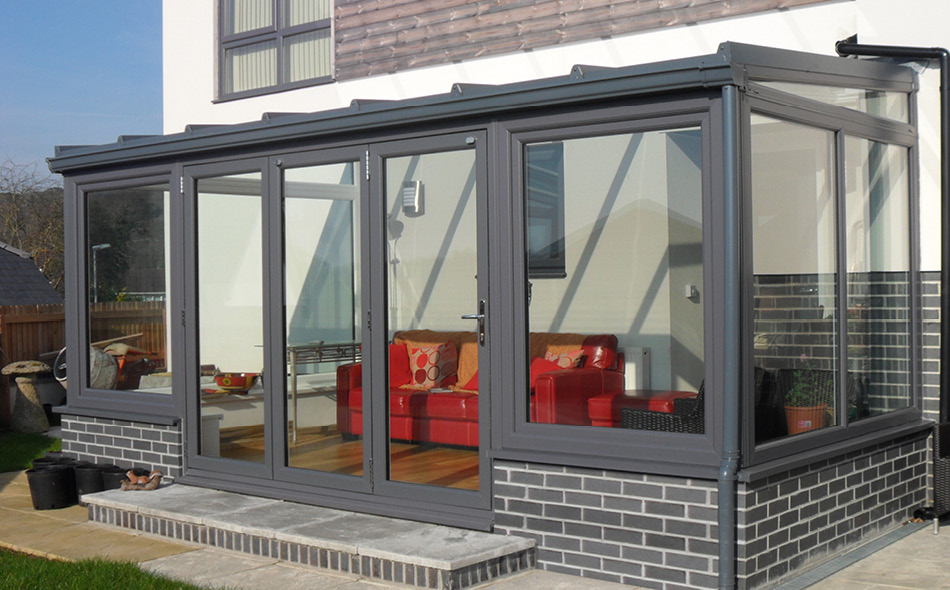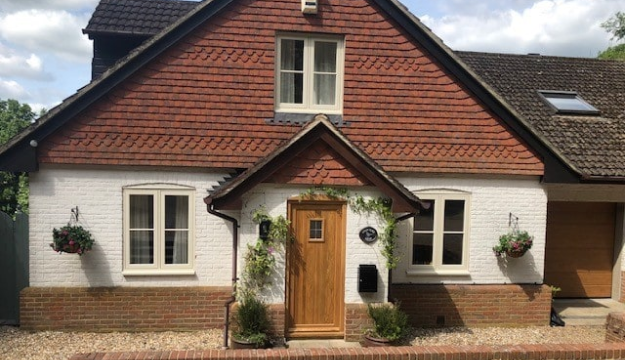Creating a rustic and farmhouse-style interior in your UK home can add warmth, character, and timeless charm. One of the most effective ways to achieve this look is through the use of timber doors and windows. Timber, with its natural beauty and versatility, is the perfect material to evoke the cosy, inviting atmosphere of a country farmhouse. In this blog post, we’ll explore design tips for achieving a rustic look, popular finishes, and hardware choices that can help you transform your home into a rustic haven.
Design Tips for Achieving a Rustic Look
1. Embrace Natural Materials
The essence of rustic and farmhouse interiors lies in the use of natural materials. Timber doors and windows are central to this aesthetic. Choose solid wood for doors and window frames to introduce an organic feel to your spaces. Oak, pine, and reclaimed wood are excellent choices for their distinctive grain patterns and durability.
2. Keep it Simple and Functional
Rustic design prioritises simplicity and functionality. Avoid overly ornate designs and instead opt for straightforward, practical styles. Panelled doors with a classic design, barn-style sliding doors, and casement windows are ideal for maintaining a rustic vibe.
3. Incorporate Reclaimed Wood
Using reclaimed wood is not only environmentally friendly but also adds a sense of history and character to your home. Look for doors and windows made from reclaimed timber or consider refurbishing old wood to fit your design. The weathered texture and imperfections of reclaimed wood contribute to the rustic charm.
4. Focus on Neutral and Earthy Tones
Rustic interiors often feature a palette of neutral and earthy tones. Choose finishes for your timber doors and windows that highlight the natural colour of the wood. Soft greys, warm browns, and creamy whites can complement the wood’s natural hues and create a cohesive, calming environment.
5. Mix and Match Textures
Combine different textures to add depth and interest to your rustic interior. Pair the smooth finish of your timber doors and windows with rough stone walls, exposed wooden beams, and soft, cosy textiles. This layering of textures will enhance the rustic feel and make your home feel more inviting.
Popular Finishes for Timber Doors and Windows
1. Natural Oil Finishes
Natural oil finishes, such as linseed oil penetrate the wood and enhance its natural grain and colour. They provide a subtle sheen that brings out the beauty of the wood without altering its natural look. These finishes also offer protection against moisture and wear, making them ideal for both doors and windows.
2. Stained Finishes
Stains come in a variety of shades and can be used to achieve the desired colour while still showcasing the wood’s grain. Dark stains can create a rich, traditional look, while lighter stains can brighten a space and give it a more contemporary rustic feel. Stained finishes are versatile and can be tailored to match the overall colour scheme of your interior.
3. Painted Finishes
For a more vintage farmhouse style, consider painting your timber doors and windows. Soft pastel colours, such as Chartwell green, blue, or creamy white, can add a touch of nostalgia and charm. Distressing the paint slightly can further enhance the rustic appearance by giving it an aged, weathered look.
4. Wax Finishes
Wax finishes provide a soft, satin sheen and a smooth, touchable surface. They are easy to apply and can be buffed to enhance the natural beauty of the wood. Wax finishes are particularly suitable for interior doors and windows where they won’t be exposed to harsh weather conditions.
Hardware Choices for Rustic Timber Doors and Windows
1. Wrought Iron Handles and Hinges
Wrought iron hardware is a staple in rustic and farmhouse interiors. Its sturdy, handcrafted appearance adds an authentic, old-world charm. Choose black or dark bronze handles, hinges, and latches for your timber doors and windows to complete the rustic look.
2. Vintage-Style Knobs and Pulls
Look for vintage or antique-style knobs and pulls to add character to your doors and windows. Glass, porcelain, or brass knobs with intricate detailing can enhance the farmhouse aesthetic. Mixing different styles can also create an eclectic, personalised touch.
3. Barn Door Hardware
Sliding barn doors are a popular feature in rustic interiors. The exposed track and rollers add a distinctive industrial edge that complements the rustic feel. Choose hardware in black or aged metal finishes to match the timber and enhance the overall look.
Using timber doors and windows to create rustic and farmhouse-style interiors is a fantastic way to infuse your UK home with warmth, charm, and a sense of timeless beauty. By embracing natural materials and keeping designs simple and functional, you can transform your living space into a cosy, inviting retreat. Whether you’re renovating a countryside cottage or adding rustic touches to a modern home, timber doors and windows are key elements in achieving that perfect farmhouse look.


